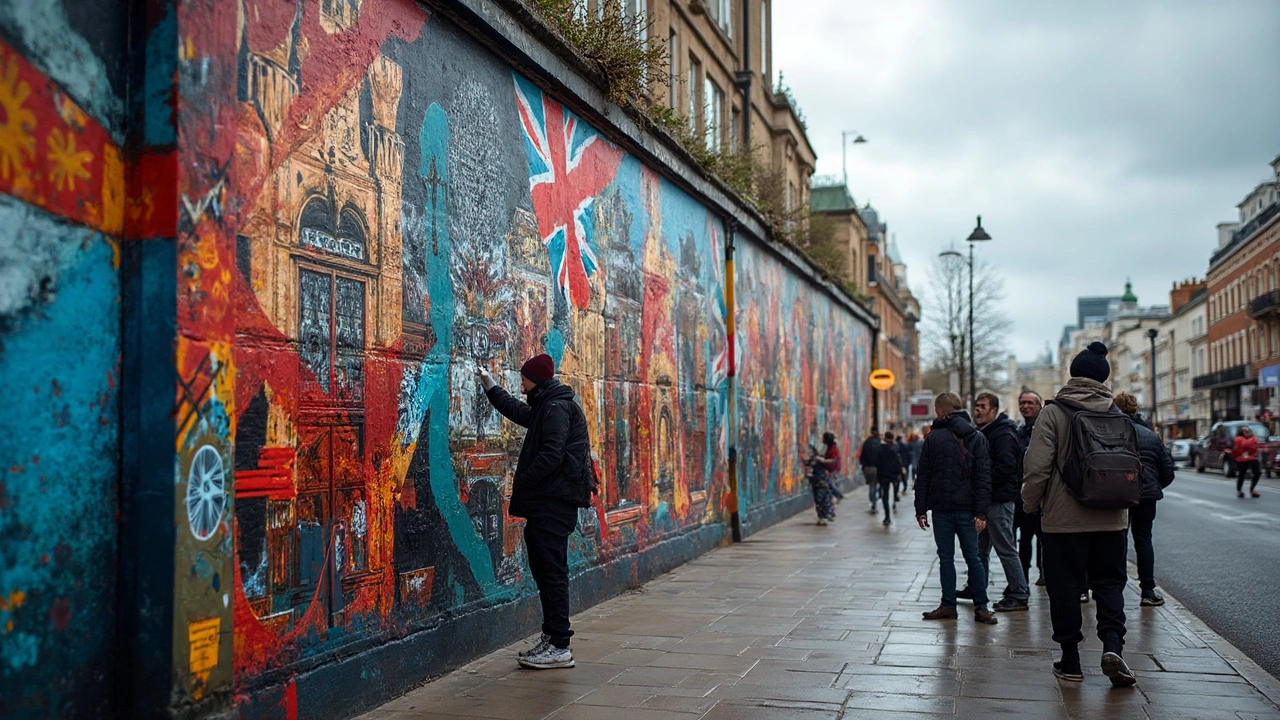Art Today – What’s Hot, What’s Helpful, What You Can Try
Looking for a quick snapshot of the art world right now? You’re in the right place. In the last year, a mix of digital tools, budget‑friendly materials, and a renewed love for classic techniques has reshaped what artists make and how they share it. Below are the biggest trends and a few practical ideas you can start using today.
Trending Styles in 2025
First up, digital and AI art keep stealing the spotlight. Platforms that turn text prompts into images let artists experiment without mastering complex software. The result is a flood of new visual vocabularies—think surreal landscapes made in minutes, or portrait styles that blend photo realism with painterly brushwork.
At the same time, abstract painting is gaining a fresh audience. People are less scared of “making no sense” and more interested in how color and texture affect mood. Simple tools like glazing, scumbling, and palette knife work give even beginners a chance to create depth without perfect drawing skills.
On the physical side, sculpture is seeing a DIY renaissance. Artists are swapping pricey marble for recycled cardboard, cheap plaster, or even found objects. The key is to treat the material like a playground—cut, glue, and re‑shape until the form feels right. This approach lowers costs and opens up collaboration opportunities with schools and community groups.
Portrait painting hasn’t disappeared either. In the UK, demand for hand‑crafted portrait commissions remains steady, especially for family heirlooms and corporate gifts. Prices vary, but most artists charge per hour plus material costs, so budgeting early helps avoid surprises.
Practical Tips for Everyday Artists
If you want to jump on any of these trends, start small. For digital work, try a free AI art generator and use the output as a sketch base. Add your own paint or ink to give it a personal touch—this hybrid style feels fresh and authentic.
When working with abstract oil or acrylic, begin with a limited palette. Pick three colors that complement each other, then experiment with layering. A quick rule: start with a thin wash, let it dry, then add thicker strokes. This builds depth without turning the canvas into a mess.
For sculpture on a budget, gather everyday items—plastic bottles, scrap wood, metal bits. Use strong glue or simple wiring to hold pieces together. Test the stability before committing to paint; a sturdy base saves time later.
Portrait seekers should think about lighting before they start. A single lamp or natural window light creates defined shadows that add drama. Sketch the basic shapes first; you’ll find it much easier to place features accurately later.
Finally, stay connected with the art community. Join local meet‑ups, follow a few art hashtags, or sign up for a short online course. Sharing progress and getting feedback keeps motivation high and sparks new ideas you might never have thought of on your own.
Art today is a mix of high tech and low tech, big ideas and simple tools. Pick one trend that excites you, apply a practical tip, and watch your work evolve. The most important part is to keep creating—every piece adds to the larger conversation happening in the art world right now.

20 Mar 2025
Contemporary art is an exciting, ever-evolving field that showcases the creative spirit of our times. From expressive street art to interactive installations, artists today are pushing boundaries and challenging traditional perceptions of art. This article delves into some remarkable examples of contemporary art, offering insights into what makes these works stand out. By understanding the diversity and innovation within this art form, readers can gain a deeper appreciation for its impact on culture and society.
Continue reading...
